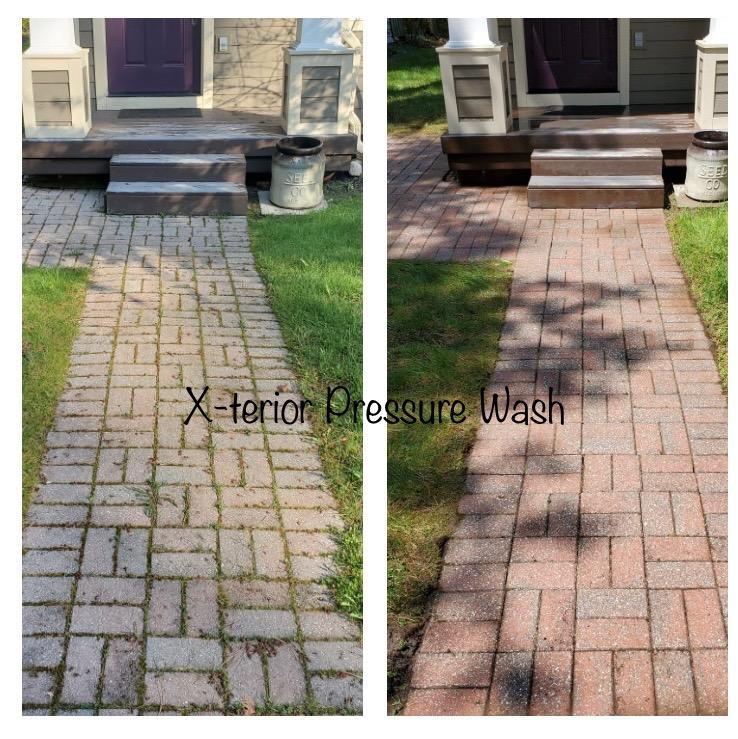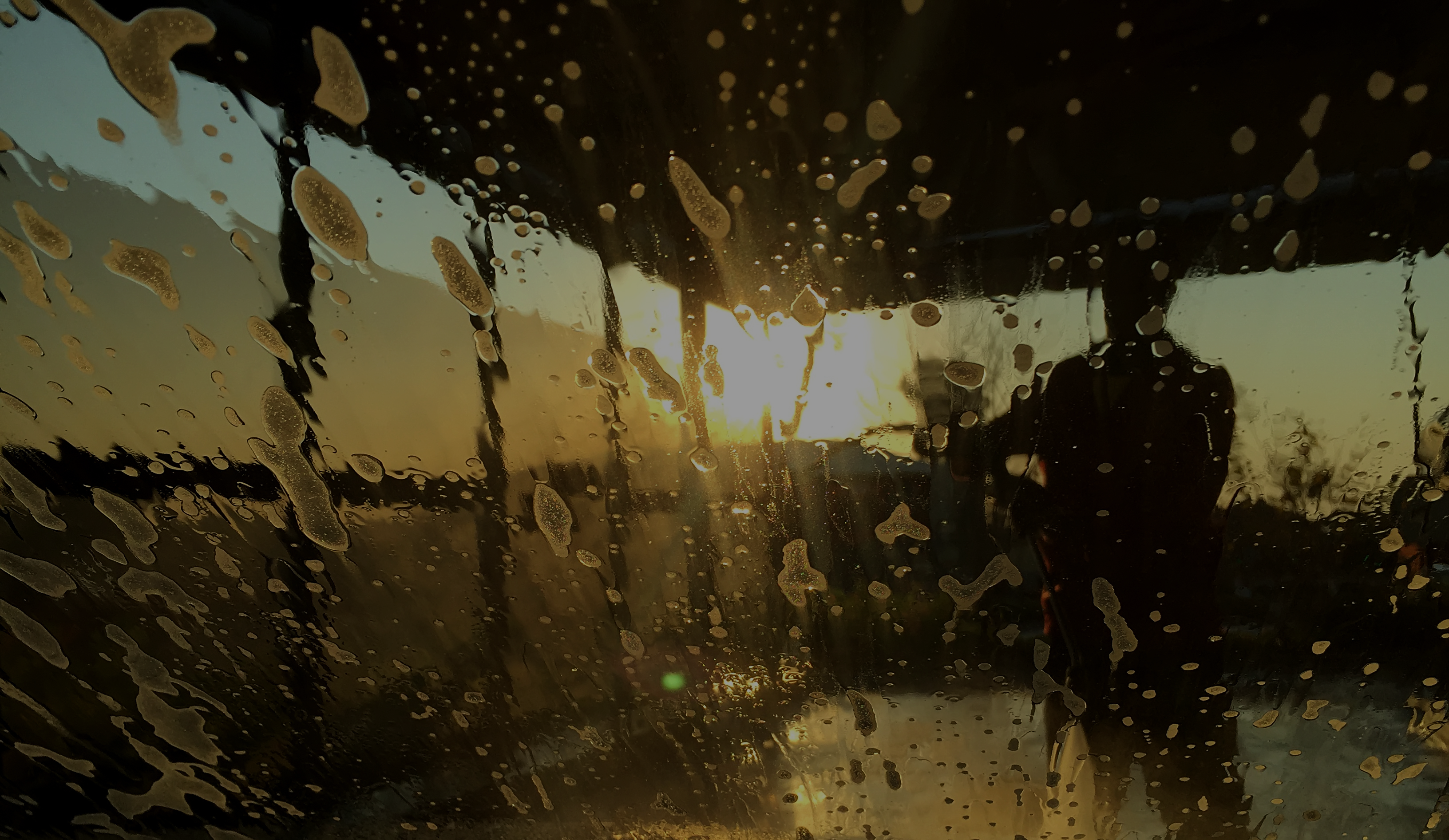12 May The Complete Guide to Pressure Washing Brick Pavers for a Cleaner Outdoor Space
Brick pavers have long been a popular choice for outdoor hardscaping due to their durability, aesthetics, and relatively easy maintenance. However, over time, they can accumulate dirt, grime, stains, and even moss growth, which can detract from their appearance and create safety hazards. Pressure washing is an effective and efficient method for cleaning brick pavers, but it is essential to prepare the area correctly, use the appropriate cleaning solutions, and re-sand and re-seal the pavers after cleaning to maintain their appearance and prolong their lifespan.
The Importance of Preparing the Area
Before starting the pressure washing process, it is crucial to prepare the area correctly to ensure a thorough and effective cleaning. Begin by removing any furniture, planters, or other objects from the surface you intend to clean to prevent damage and make the pressure washing process more effective. It is also important to protect any nearby plants or shrubs by covering them with plastic sheeting or wetting them thoroughly before starting the pressure washing process.
Next, sweep the area to remove any loose debris or dirt, which will prevent the pressure washer from pushing dirt into the pores of the bricks. For areas with heavy dirt buildup or debris, you can use a leaf blower or a broom to remove as much dirt as possible.
The Power of Pressure Washing
Once you have prepared the area, it is time to set up your pressure washer. Choosing the right nozzle is important, and a 25-degree nozzle is a good choice for most brick paver cleaning projects. However, using just a nozzle can be time-consuming and may not produce the desired results. To be more efficient, consider using a surface cleaner. A surface cleaner attaches to your pressure washer and spins as you clean, providing more even cleaning and reducing the time and effort required.
While dirt and stain buildup are common issues with brick pavers, there are various cleaning solutions available depending on the specific stains and buildup you are trying to remove. Some common solutions include bleach, vinegar, and commercial pressure washing detergents. Be sure to follow the manufacturer’s instructions carefully when using any cleaning solution.
The Problem with Moss Growth
Moss is a common issue with brick pavers, especially in damp or shaded areas. Moss can create a slippery surface and make your outdoor space unsafe. Pressure washing can effectively remove moss and other organic growth from your brick pavers, but it is essential to use the appropriate chemicals. Commercial moss removal products are available, or you can create your solution by mixing equal parts white vinegar and water in a spray bottle.
Resanding and Resealing for Optimal Maintenance
Once you have finished pressure washing your brick pavers, it is essential to re-sand and re-seal them. Pressure washing can remove some of the sand between the bricks, causing them to shift and settle unevenly. Re-sanding the bricks will help keep them in place and maintain their appearance. Using a polymeric sand will provide better results, as it is designed to harden when wet and provide more stability.
Re-sealing the bricks will also help protect them from future damage by preventing water penetration and staining. Choose a sealer that is appropriate for your specific type of brick pavers, and follow the manufacturer’s instructions carefully.
In Conclusion
Pressure washing is an efficient and effective method for cleaning brick pavers and maintaining their appearance and lifespan. To ensure optimal results, it is essential to prepare the area correctly, use the appropriate cleaning solutions, and re-sand and re-seal the pavers after cleaning. Consider using a surface cleaner for more efficient and even cleaning, and be sure to protect nearby plants and shrubs. By following these steps, you can restore the appearance and safety of your outdoor space and enjoy your brick pavers for years to come.



